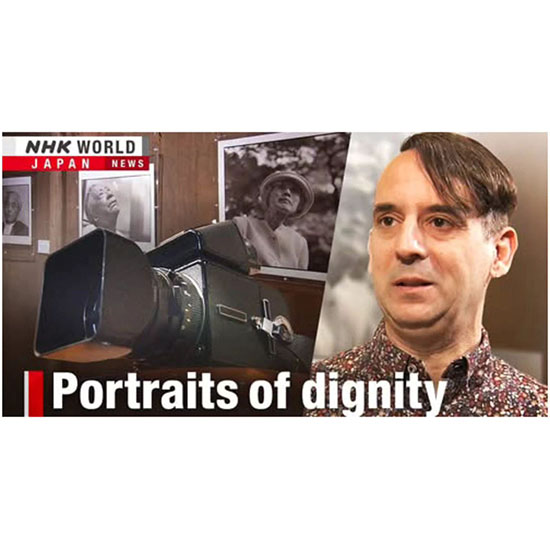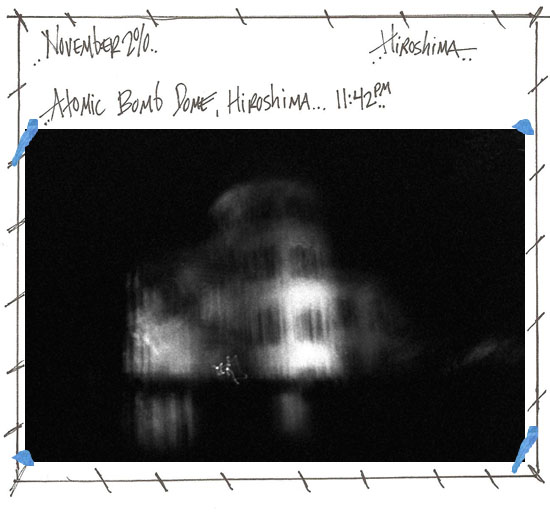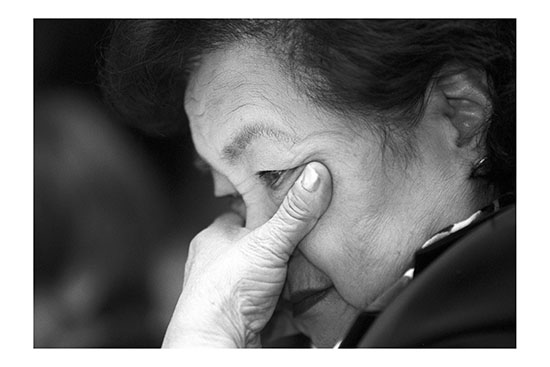
If you have a moment, please watch the story that Minori Takao reported on NHK World about the From Above project. It can be seen at this link:
https://www3.nhk.or.jp/nhkworld/en/news/videos/20250326210940048/
We filmed during the opening of my exhibition at the East End Gallery, but the story is about much more than me. It features the people I’ve been photographing for the last 17 years. Minori was the first reporter to interview me on television when From Above was exhibited in 2008. I can confidently say she was the first reporter to believe in the project. A special thank you to Akira for also making this story possible.
From Above is a collection of portraits and reminiscences of atomic bomb survivors from Hiroshima and Nagasaki and World War II firebombing survivors from Dresden, Coventry, Tokyo, Wielun (Poland), and Rotterdam. The project began during 2008. In 2011, it was released as a limited edition photo book. The book was sold internationally and garnered media attention throughout North America, Japan, Europe, and Australia. A few remaining copies of the book can be purchased from me.
Alongside From Above, a small selection of portraits of Ukrainian teenagers who fled the war and now live in Dresden, Germany, a city infamous for being destroyed at the end of the Second World War. These portraits were taken weeks after the start of the invasion. This is only the second time these portraits have been seen. The first was at the exhibition in Dresden a couple of weeks ago.
From Above can be seen at the East End Gallery in Tokyo until April 6th. Scroll down to see the poster with the gallery’s address and hours of operation.
See less









